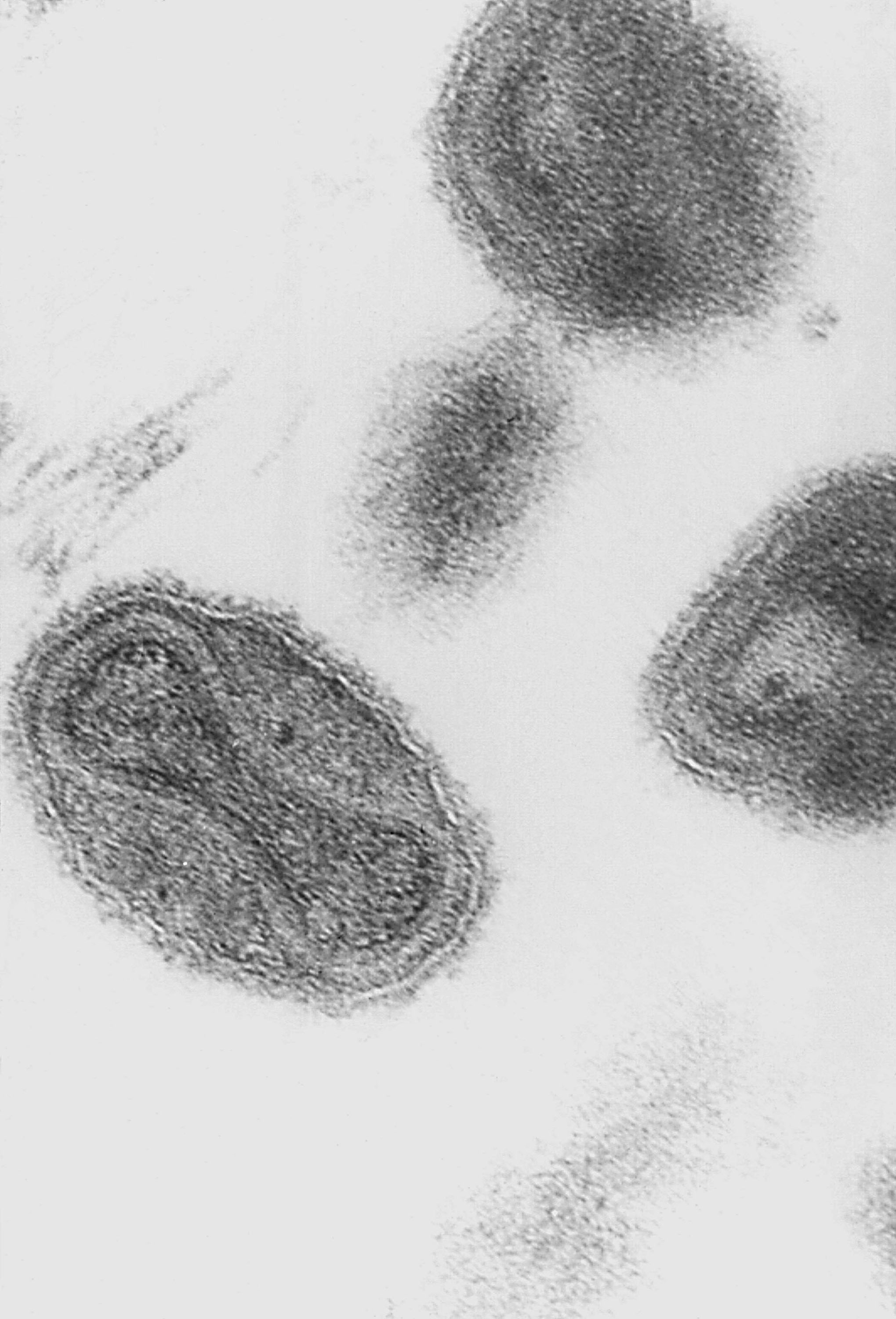
Vials containing the smallpox virus were discovered in an unused storage section of a government lab, the Centers for Disease Control and Prevention (CDC) said Tuesday.
The vials, which date from the 1950s, were discovered by National Institutes of Health workers on July 1, CDC said in a statement. The lab, based in Bethesda, Md., had been neither equipped nor authorized to store the pathogen, which was eradicated in 1978. Upon discovery, the vials were secured in a containment laboratory before being transported to another lab in Atlanta on July 7, where workers confirmed they contained DNA for the smallpox virus. There is no evidence the vials were breached, CDC said, and experts have not identified any danger to the public.
There are only two smallpox repositories in the world, under an international agreement forged in 1978 after Janet Parker, a medical photographer, died of smallpox exposure from a laboratory accident. Since then, all smallpox viruses have been destroyed or transported to either CDC’s Atlanta facility or to a research center in central Russia, where scientists can continue to research the pathogen.
The World Health Organization (WHO), which oversees the smallpox repositories, will join CDC in investigating the discovery. If the pathogens are viable — meaning they can grow tissue in culture — WHO will be invited to witness their destruction, a customary practice when smallpox viruses are found outside approved laboratories.
The U.S. discontinued routine childhood smallpox immunizations in 1972.
More Must-Reads From TIME
- The 100 Most Influential People of 2024
- The Revolution of Yulia Navalnaya
- 6 Compliments That Land Every Time
- Stop Looking for Your Forever Home
- If You're Dating Right Now , You're Brave: Column
- The AI That Could Heal a Divided Internet
- Fallout Is a Brilliant Model for the Future of Video Game Adaptations
- Want Weekly Recs on What to Watch, Read, and More? Sign Up for Worth Your Time
Contact us at letters@time.com